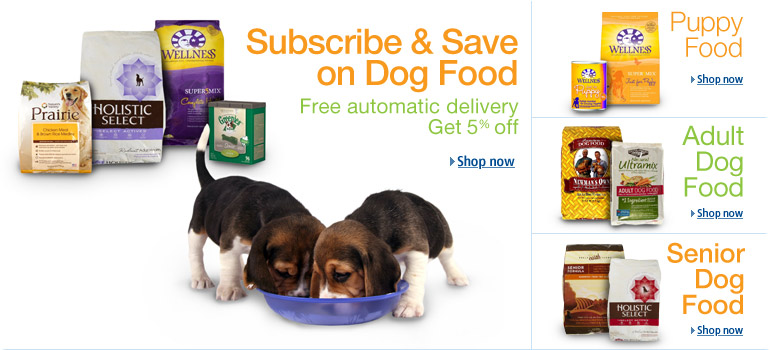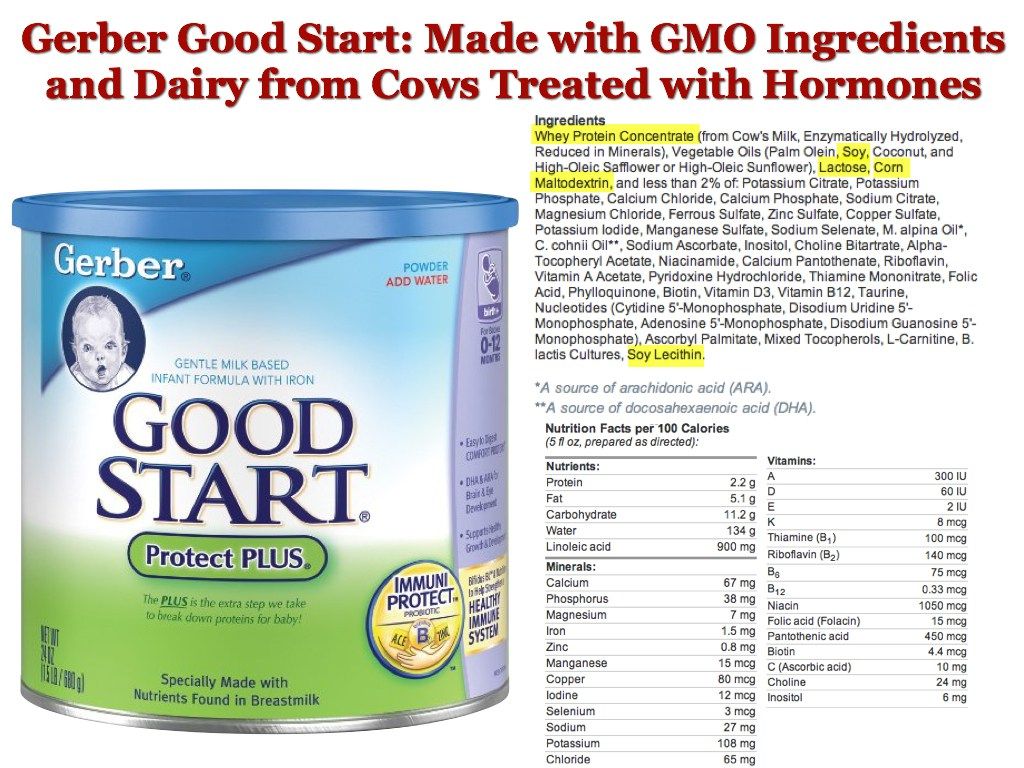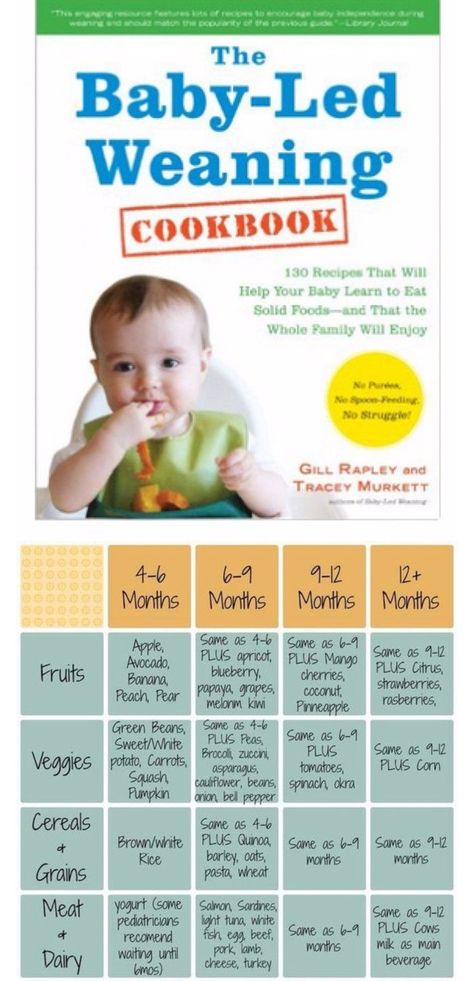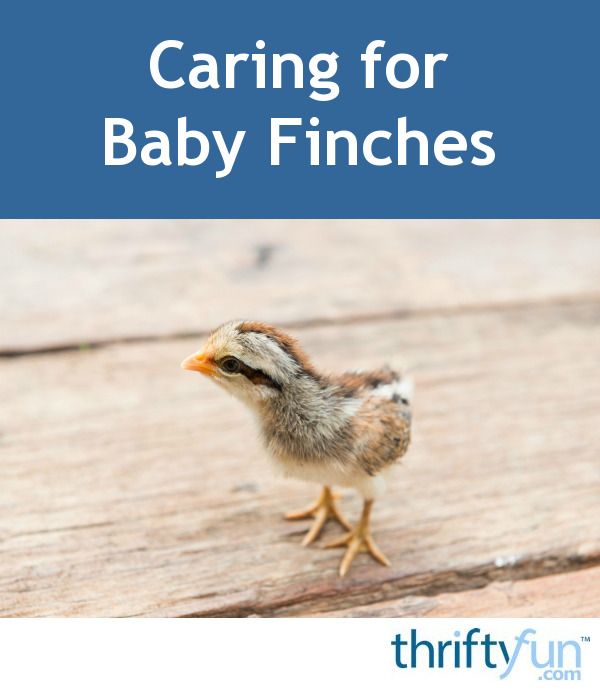Is dog food bad for babies
What Do I Do Next?
By Karen Samuels
While many children are fine after consuming dog food, there are several risks parents need to be aware of in order to evaluate the situation.
When you find out that your toddler ate dog food, your first instinct might be rushing to the ER. At best, you will bewilder the nurses with your reason for being there. Why? Dog food is not exactly poisonous, but there are some danger signs you should lookout. Find out what to do when your baby eats dog food and how to stop this disturbing habit.
What To Do When Your Toddler Eats Dog Food
The first thing is to treat any immediate side-effects like choking, allergic reactions, or general sickness. You should consult any severe reactions with a doctor. If there are no apparent changes, double-check the ingredients of the dog food. Ask: Is your toddler allergic to any ingredient?
RELATED: Introducing A Pet Dog To A New Baby: Steps To Take
The next thing is to check whether the dog food is on recall. You can run a Google search on the food. E.g., "(dog food name) recall." Check the Food And Drug Administration (FDA), The American Veterinary Medical Foundation (AVMA), DogFoodAdvisor, or Petful websites. Search for dog food recalls on the websites. You can find more information on FDA's Twitter.
If the dog food is on recall, you can (1) Call Poison Control on their toll-free number 1-800-222-1222 or (2) take your toddler to the hospital and carry the dog food with you.
Many Kids Have Been After Eating Dog Food
Toddlers all over the world eat dog food because it's intriguing and smells good. It won't kill your toddler, but don't encourage the habit. Take it from these moms on the What To Expect Community:
- "There's nothing in dog food that can harm him. My nephew used to do it all the time when he was little, he's 11 now"
- "My 23-month-old loves to sit next to our 3 dogs and eat out of the food bowl with them. I find it very funny....
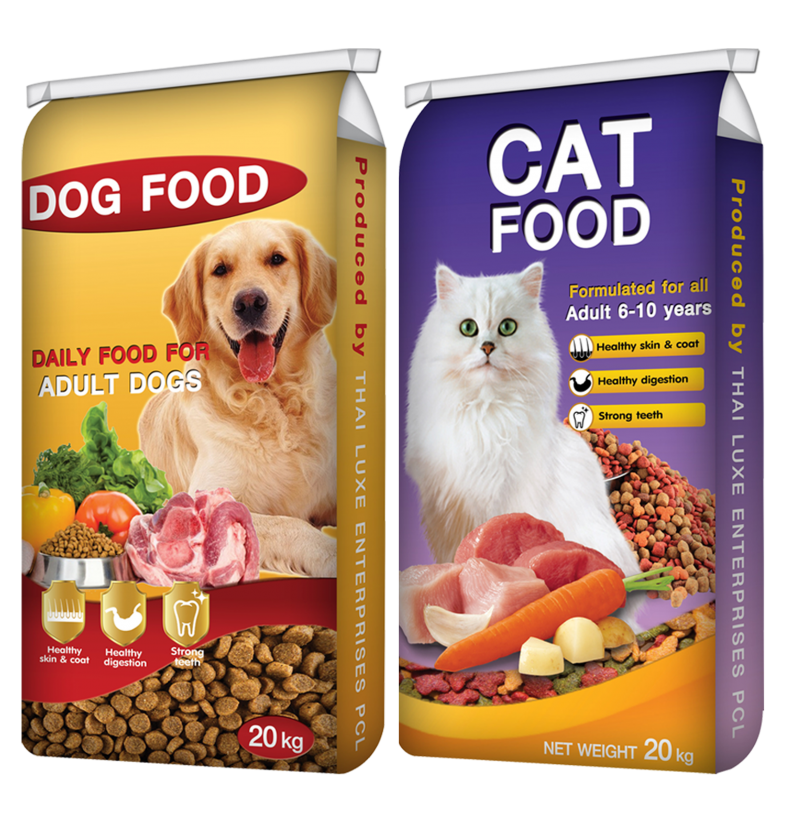 "
" - "My brothers seemed to really enjoy. We kept catching them eating with the dog, they also tried dog biscuits. It never bothered them."
The Hazards Of Eating Dog Food
Via UnsplashEven though many kids have turned out fine after eating dog food, need to be aware about the following risks:
Dog Food Contains Bi-Products Of Human Food
According to PFMA, dog food contains animal by-products, meat, fish, cereals, vitamins, vegetables, and water. However, according to Seattle Children, fresh pet food will not harm your toddler, even if the dog has eaten some of it. Whatever does not harm your dog will likely not harm your baby. Unless your toddler is allergic to any ingredient in the dog food. The common side-effects of consuming dog food include the following:
- Upset stomach.
- Vomiting
- Sandy poop.
- Foul mouth.
If your toddler has taken dog food before and nothing happened, they will be fine.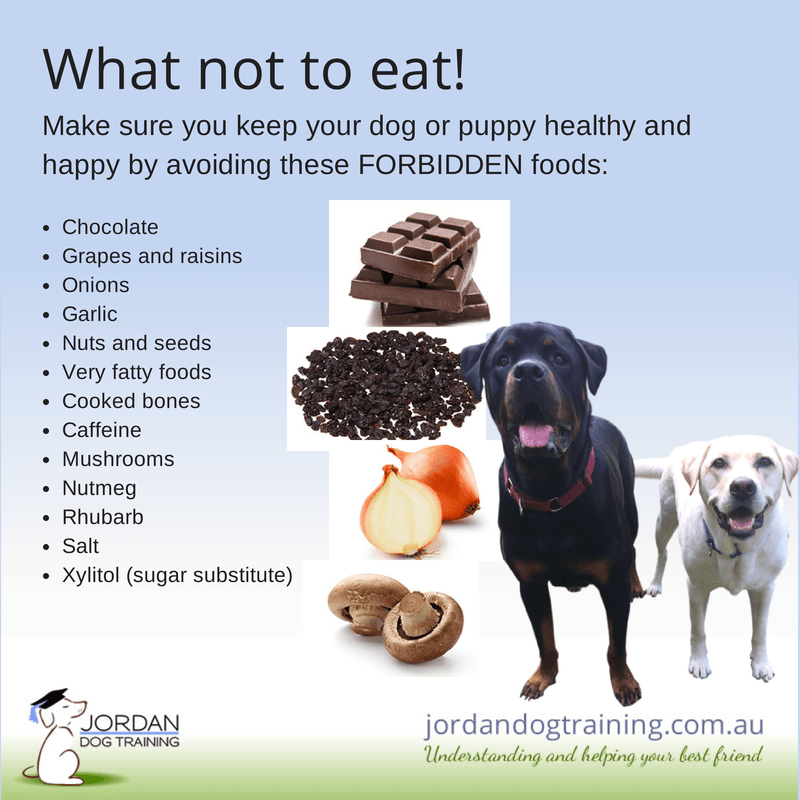 But there are some more serious hazards with dog food.
But there are some more serious hazards with dog food.
Dog Food Risks Being A Choking Hazard
Dry dog food can choke your child. The NHS recommends back blows, abdominal thrusts, or chest thrusts to dislodge the food. If it does not work, call 911.
It Can Also Be A Salmonella Hazard
According to ABC News, commercial pet food is at high risk for salmonella, which thrives on moist environments during the processing. Touching or eating infected pet food will poison your toddler. Your dog may seem fine even when consuming infected food because they have salmonella living in their intestines.
According to Medicinenet, symptoms of salmonella poisoning occur between 12 and 72 hours after consumption. These symptoms include:
- Nausea
- Vomiting
- Diarrhea
- Abdominal pain.
The Dog May Develop Food Aggression
Your dog might get aggressive if your toddler snatches some of its food.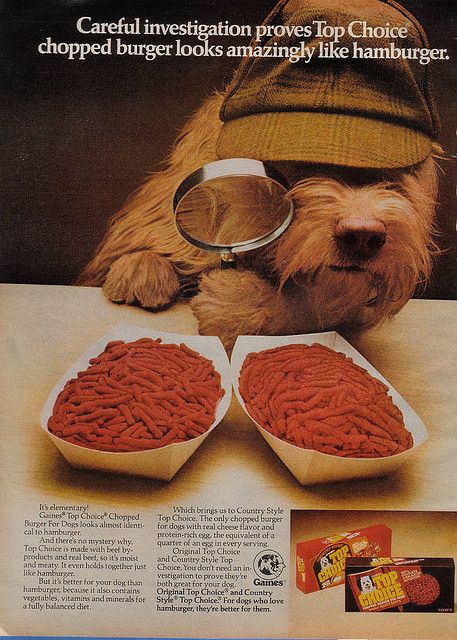 It is common.
It is common.
How To Keep Your Toddler Safe
- Keep dog food and utensils away from your toddler's reach.
- Wash your hands regularly.
- Feed your dog away from your children.
- When you catch your toddler eating dog food, substitute it with human food.
NEXT: Dog & Toddler Go Viral For Adorable Ride In Toy Convertible
Sources: What To Expect Community, Medicinenet, ABC News, NHS, PFMA, Seattle Children,
Will Eating Pet Food Harm My Child? – Family Pet Planet
Affiliate Disclosure: This post may contain affiliate links. If you make a purchase after clicking on these links I will be compensated at no extra cost to you. However, I never recommend anything I don’t love or wouldn’t use myself!
Ever had that dreadful realization that your toddler has been helping themselves to the pet’s food? I have pried dog and cat food from my children’s mouths on too many occasions to admit to. Having done some research, I’ve written this article to help others in the same situation.
So, is eating pet food dangerous for children? Pet food is generally not harmful to kids as it’s main constituents are meat by-products, cereals, and vegetables. However, pet food has been linked to salmonella outbreaks and larger chunks may present a choking hazard. Animals such as dogs may show signs of aggression when protecting their food.
It’s very common for babies and toddlers to get their hands on the pet food. If your child has eaten some, most of the time there is absolutely nothing to worry about. However, pet food does not always come under the same scrutiny as food for human consumption. It’s important to understand the potential risks involved and how to avoid them.
Contaminated Pet Food
In the U.S. the FDA (Food and Drug Administration) helps to regulate the pet food industry and implements pet food recalls and withdrawals to reduce risk to pets and their owners.
A large proportion of recalls are due to contamination or potential contamination including Salmonella, Listeria, E.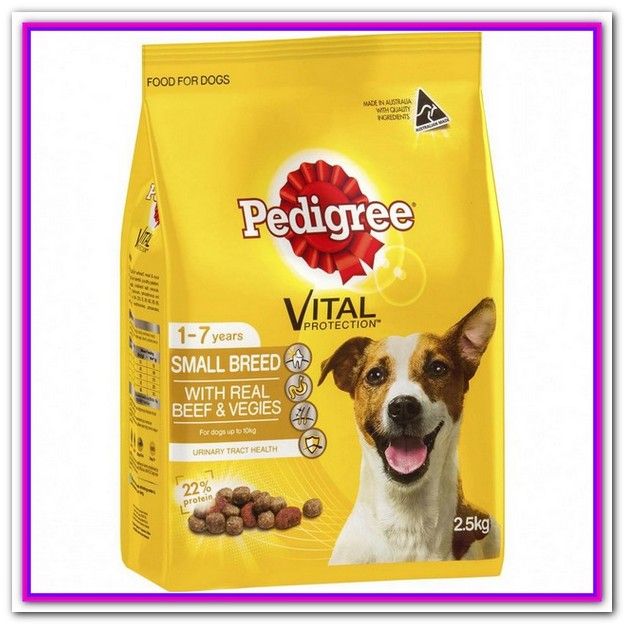 Coli and more. Although these are often just precautional measures, the potential for outbreaks is real.
Coli and more. Although these are often just precautional measures, the potential for outbreaks is real.
Aside from pets, younger kids are often the first to be affected by contaminated pet food. Even if they don’t actually eat the food, some may just handle it and go on to put their fingers in their mouths later.
If your child does come into contact with pet’s food, there is usually no reason to panic, however, you should monitor your child closely and consult a medical professional if you notice any abnormal symptoms.
If you are worried about contamination, you can check the FDA webpage for recalls and withdrawals.
Some good practices to minimize risks to you and your kids are as follows:
- Wash hands regularly, particularly after coming into contact with pets food
- Clean pet’s dishes and feeding areas regularly
- Keep up to date with vaccinations and worming to cut down risks of cross-species parasites
Nutritional Risks Of Consuming Pet Food
Nutritionally speaking, eating pet food is not likely to cause any major issues although it’s a little offputting, to say the least.
The formulas for dog and cat food differ slightly as they have different nutritional requirements. However, They’re both mostly made up from slaughterhouse leftovers, such as organs, trim, blood and hides along with corn kernels, barley, wheat, and rice. Cat food may also contain additives crucial for a cats health.
In small doses, these will not cause your child any issues but it’s certainly not advised to ingest significant quantities of pet food over prolonged periods.
Food Aggression In Dogs
A lot of dogs may instinctually show signs of aggression if approached while eating or if they feel like their food source is at risk. This isn’t necessarily a show of dominance, more often it is a sign of anxiety or fear.
There are training techniques to try and reduce acts of food aggression in your dog. Regardless, if your child is taking food from under the dog’s nose it can be a recipe for disaster and should be avoided at all costs.
So with risks of infection, choking and dog bites, eating pet food can present a real danger for children.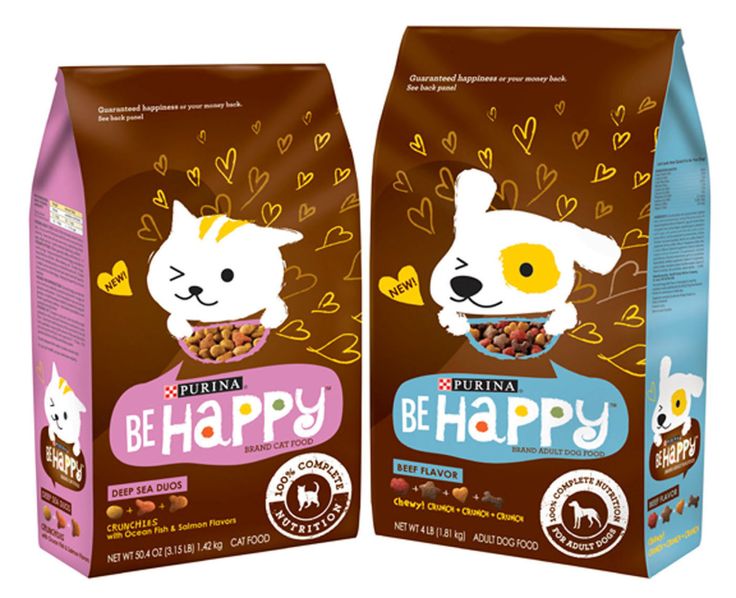 Below are some useful tips to stop your kids from eating pet food.
Below are some useful tips to stop your kids from eating pet food.
- Don’t overreact when you catch your child in the act
- Consider a baby proof feeding bowl such as a microchip feeder
- Feed your pet in a separate closed off room or outside
- Teach your pet to stop “grazing/free feeding”
- Feed your pet when your child is otherwise occupied
- Elevate cat bowls out of your children’s reach
Don’t Overreact When You Catch Your Child In The Act
Even though it may be the knee-jerk response, abruptly shrieking or yelling will usually end in tears or just increase the temptation for the forbidden. To the other extreme, laughing certainly won’t help and will likely encourage the behavior. It’s better to act swiftly in diverting your child’s attention before removing the pet food from reach, rather than making it into a big deal.
Baby Proof Pet Feeders
These can be a little pricey but If you’re willing to shell out some money, then they can provide a stress-free solution to the problem.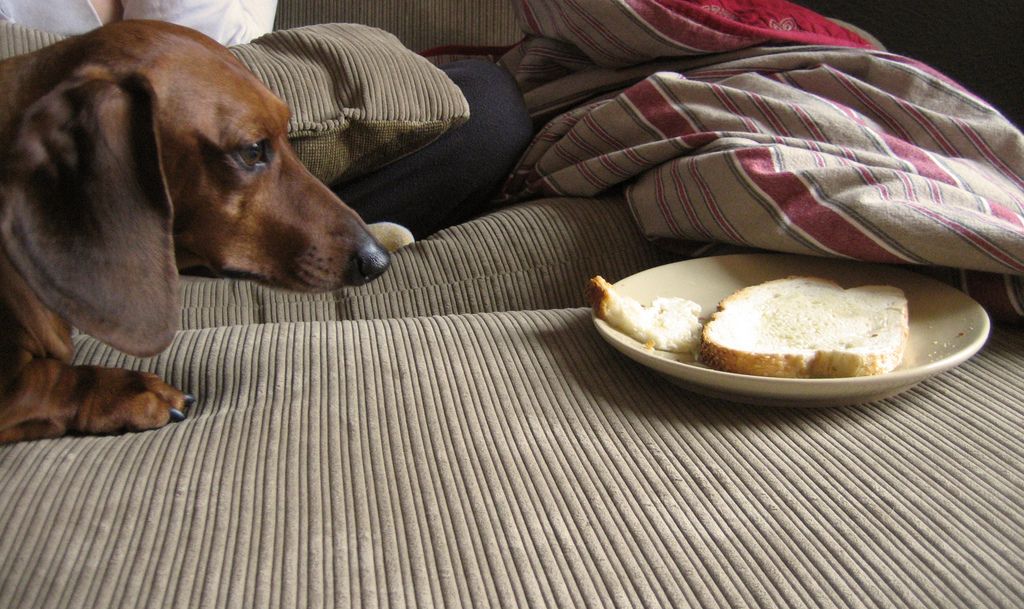 They are mainly designed to stop pets from eating each other’s food, but will also prevent infants and toddlers from gaining access.
They are mainly designed to stop pets from eating each other’s food, but will also prevent infants and toddlers from gaining access.
Most models work by reading your pet’s microchip or they will provide a tag which can be attached to your pet’s collar. The food is placed in a bowl which is enclosed and locked under an airtight lid. When your pet approaches, the bowl will read your pets microchip or tag and will automatically open, ensuring access is only granted to the intended pet.
These allow grazing pets to eat freely, without you having to worry about your child (or other pets) helping themselves in the meantime.
One drawback is that microchip feeders are only really designed for smaller dogs and cats so if you have a larger dog this may not be an option.
Feed Your Pets Elsewhere
Out of sight, out of mind; is particularly true when it comes to infants or toddlers and their temptations. Obviously, your kids won’t eat what they can’t see or touch, so this can be the simplest and most effective method. If you’re able to feed your pets away from the kids, possibly outside or somewhere like a utility room or even the bathroom then great.
If you’re able to feed your pets away from the kids, possibly outside or somewhere like a utility room or even the bathroom then great.
The trouble is that not everyone has the space to do so or it may just be a big inconvenience. Some pets like to graze and need frequent access to their food. Placing the feeding bowls elsewhere behind closed doors may not seem like an option. If this is the case for your pet, you may want to consider the next point…
Teach Your Pet To Stop “Grazing/Free Feeding”
If your pet is a bit of a sporadic eater and they like to nibble a bit here and there, their food is often left lying around for long periods. This means the pet food is always readily available for your child to have a little graze on too!
There are several reasons why this type of feeding can be detrimental to your dog also. However, stopping your pet from grazing may be easier than you think.
Decide on how much food a day your dog actually needs.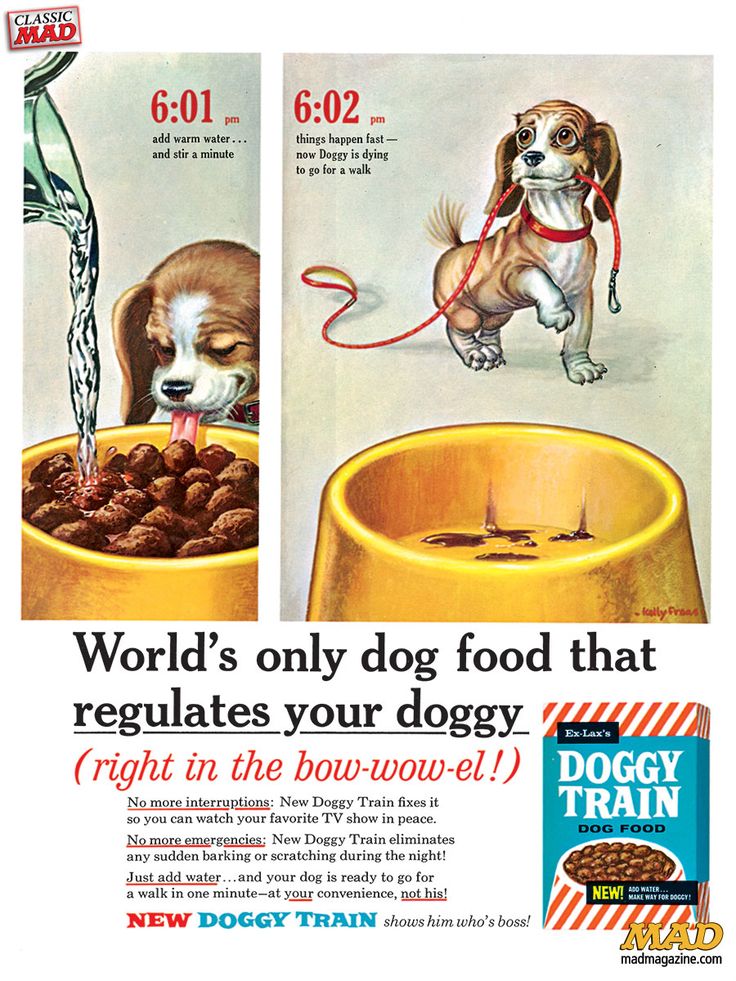 You can check your pet food manufacturer’s recommendations. Bear in mind this is only really a rough guide and is often more than your dog actually requires.
You can check your pet food manufacturer’s recommendations. Bear in mind this is only really a rough guide and is often more than your dog actually requires.
Once you’ve decided on a daily quantity, divide it into portions throughout the day.
Around two feeds a day is generally appropriate for most adult cats and dogs (unless advised otherwise by your vet). You may find this number varies for you and your pet.
After giving your pet a portion of food, remove the food bowl around 5 to 10 minutes later, whether they have finished eating or not.
You will be surprised at how quickly your pets feeding habits will change. With a little tough love, your pet will soon learn to eat within the allotted time.
Feed Your Pets When Your Child Is Otherwise Occupied
Distraction is often a parent’s best weapon. If you have your pets feeding habits under control, A great way to prevent your child from eating the pet’s food is to only feed the pet when your child is pre-occupied or even asleep (if you’re privy to this luxury).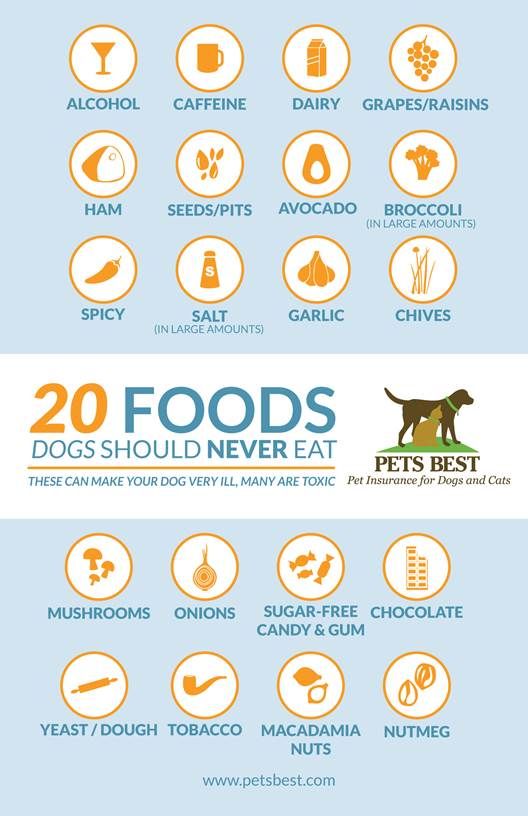
Synchronizing your pet’s and kid’s meal times can also work. If you have issues with your kids feeding dogs at the dining table (as I do), not only will it prevent your child from eating the dog food but it may also prevent the dog from eating your child’s food too, at least momentarily!
Elevate Cat Bowls Out Of Your Children’s ReachThe good thing about cats is that they usually enjoy being up high and out of reach, particularly when eating. Putting your cat’s food up on a higher surface will also allow your cat to eat in peace without fear of being bothered by your little ones.
One slight warning, just be careful which counters you allow your cat onto, or they may just think that it’s a free for all.
We tried this ourselves in the kitchen. Ever since our cat has begun treating the kitchen counters as her own personal dining table. She even helped herself to a cup of coffee on one occasion!
Is dog food harmful to humans?
Dog food is not designed to meet the unique nutritional needs of humans, although it is made from ingredients that are technically safe to eat.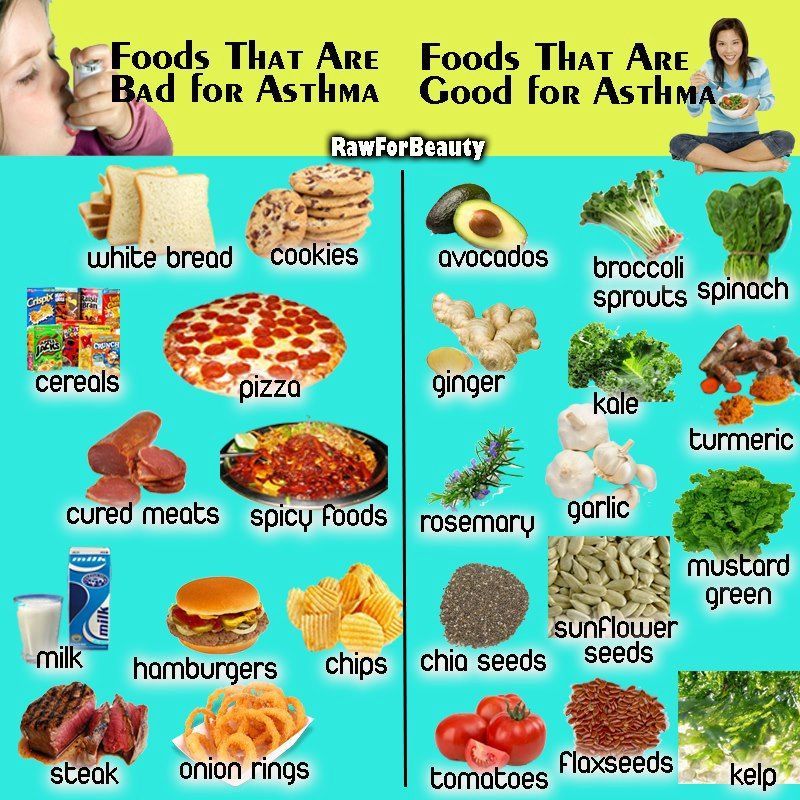 Thus, it is not inherently toxic to humans and may be safe in an emergency. However, eating dog food can increase your risk of foodborne illness.
Thus, it is not inherently toxic to humans and may be safe in an emergency. However, eating dog food can increase your risk of foodborne illness.
Ordinary human food is too rich and fatty for a dog to properly digest; eating it can lead to vomiting, diarrhea, and even more serious conditions like pancreatitis. Many human foods also contain unhealthy amounts of sodium for dogs.
There is a risk of bacteria and mycotoxins present in dry pet food. In addition, accumulator mites can multiply rapidly in dry food. Pets can develop hypersensitivity to mites, leading to itching, skin inflammation, hair loss, and ear infections.
Commercial dog food contains fillers and preservatives that can affect your dog's health over time, while a fresh, human-friendly diet provides more energy and improves long-term health.
It seems that the places we live may contain bacteria that are harmful to our health. A new study, published Monday in the journal Pediatrics, suggests that some small children of pet owners can get salmonella poisoning just by touching surfaces that come into contact with dry cat and dog food.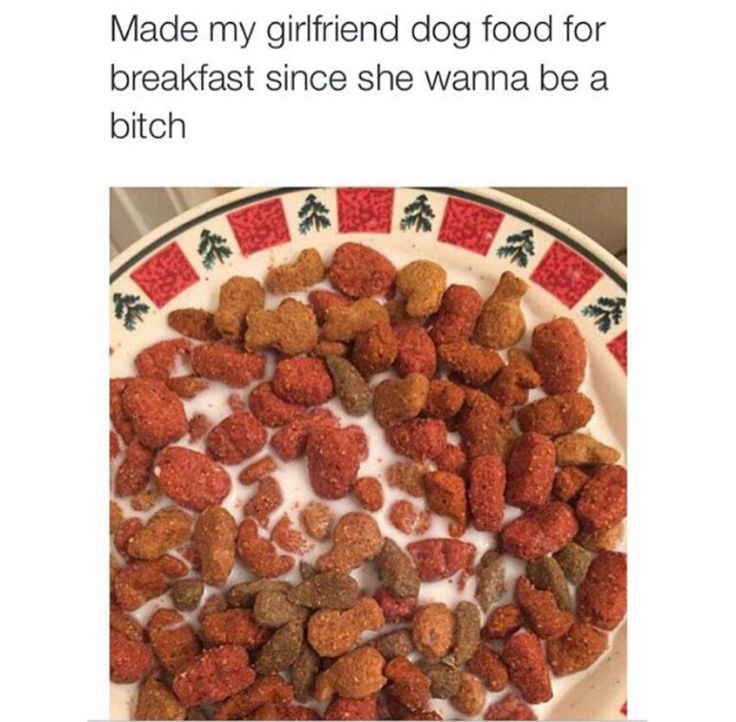
While cheese may be safe for your dog, there are a few things to keep in mind. Cheese is high in fat, and regularly feeding your dog too much fat can cause weight gain and lead to obesity. Even more problematic, it can lead to pancreatitis, a serious and potentially fatal disease in dogs.
More than 370,000 social media users have shared a post claiming that Fox News recently reported that 70 dogs have died from eating chicken jerky from China and that Blue Buffalo has recalled them. This statement is incorrect. … The last one was in 2016, and not because of pet deaths.
Chicken, turkey, lean ground beef, steak or roast chicken are animal proteins that help dogs grow strong.
...
Meat
Purina experts say bananas are the perfect treat for your dog. Unlike other fruits that can contain toxic ingredients, every part of a banana is safe for your dog.
yes. Eggs are good for dogs. Sure, they are high in protein, but besides that, eggs are also a good source of linoleic acid and fat-soluble vitamins like vitamin A.
Most peanut butter is safe for dogs, and in moderation, peanut butter can be a great source of protein and healthy fats. vitamins B and E and niacin.
While fully cooked dog food, such as dry food or canned wet food, may be safer to eat than raw dog food, it can still make you feel nauseous. This is because it can be inadvertently contaminated with harmful bacteria during processing, which increases the risk of foodborne illness.
Whatever the reason for your little one eating dog food, continuing to do so is not the best option for him. Apart from the fact that dog food is not nutritionally suitable for humans and dog bowls are not particularly hygienic, small dry pieces can cause choking.
Baby food is very easy to swallow and digest and is a great way to take oral medications. Veterinarians recommend feeding second-stage meat-based baby foods such as chicken, lamb, and turkey, as long as the baby food does not contain garlic or onion powder.
Undesirable ingredients in dog food
There is a misconception that animals have a great sense of smell and can distinguish between healthy and unhealthy food. In fact, this is not the case, and your beloved pet can eat flavored food containing additives that are dangerous to his health with great pleasure. Together with experts, we figure out how to read the label on dog food and what ingredients should be avoided in the composition.
In fact, this is not the case, and your beloved pet can eat flavored food containing additives that are dangerous to his health with great pleasure. Together with experts, we figure out how to read the label on dog food and what ingredients should be avoided in the composition.
Ekaterina Chistova, veterinarian at the VetLight veterinary clinic, graduate of the training programs of the North American Veterinary Society NAVC:
- Most often, meat meal, cereals (corn), chicken fat become the main component of dry food of economy and premium classes. Then there are various additives, such as probiotics, yucca extract, vitamin and mineral premixes, preservatives, stabilizers, anti-caking agents are added to the feed of certain brands.
The composition of wet food (also in the economy and premium segment) is meat or by-products of the meat component (from 4 to 15%), various jelly-forming, flavoring and other additives, a complex of fat-soluble vitamins (A, D, E).
Important
If the protein source is not specified in the composition, then there is every reason not to trust the quality of the product. The raw material for obtaining its animal proteins can be any waste from slaughterhouses and other places (for example, animals that have fallen, euthanized or died as a result of accidents).
As a rule, in the economy segment feed there are such abstract components as cereals, meat and offal, protein plant extracts. Again, whose meat and whose offal is not specified. The percentage is also not known. These foods are best avoided as the origin of the protein sources is unclear.
Ekaterina Nigova, veterinary nutritionist, specialist in clinical nutrition at the Zoostatus clinic:
- Offal is the main source of some trace elements and vitamins, which are either absent or very small in muscle meat. In fact, their content in feed can reduce the amount of other, artificial additives. On the other hand, offal contains a large amount of connective tissue, their protein digestibility is lower than that of muscle meat, so a high content of offal can adversely affect the usefulness of the protein composition. Some dogs do not absorb connective tissues (cartilage) well, which can cause them to have diarrhea.
On the other hand, offal contains a large amount of connective tissue, their protein digestibility is lower than that of muscle meat, so a high content of offal can adversely affect the usefulness of the protein composition. Some dogs do not absorb connective tissues (cartilage) well, which can cause them to have diarrhea.
Ekaterina Chistova continues to analyze the composition:
– Dehydrated animal protein – dried protein from the soft tissues of unknown animals, most likely unsuitable for human consumption. It is similar to meat and meat-and-bone meal, but has a much higher protein content. I would not recommend a dehydrated protein food because it is a product of deep processing of unknown animal raw materials of dubious quality.
Ekaterina Nigova adds:
– Dehydrated protein is not suitable for animals prone to allergic reactions to various types of food, as the exact composition is unknown. For the rest, there is nothing particularly terrible about this: as a source of protein, animal proteins are good in any case.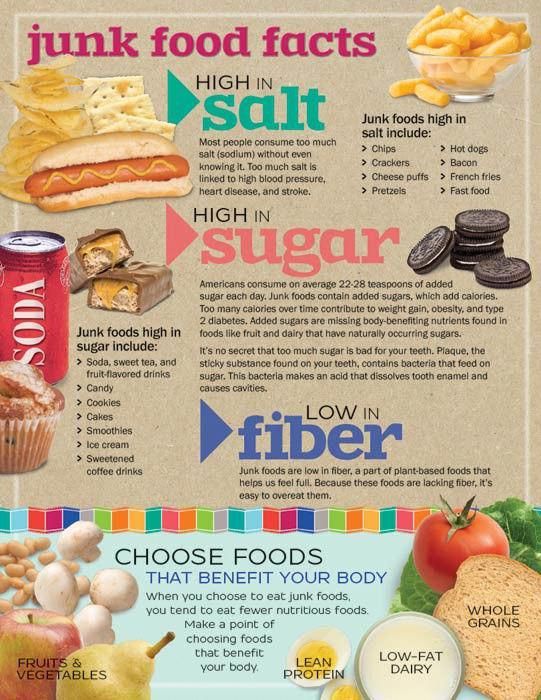 On the other hand, the quality of dehydrated proteins can also be different, but it is basically impossible to check this on the label.
On the other hand, the quality of dehydrated proteins can also be different, but it is basically impossible to check this on the label.
– In the feed of the economic segment and some premium feeds, you can find protein plant extracts, or plant protein isolates, – clarifies Ekaterina Chistova. If vegetable protein is listed as one of the first five ingredients in a food, it means that it forms the basis of the diet. The introduction of vegetable proteins into the composition serves only one purpose - to reduce the cost of the product, but at the same time not violate the standards for protein content. Some manufacturers explain that they select vegetable proteins with maximum digestibility. But no matter how hard they try, such proteins are absorbed worse than animals - they are what carnivores need. I believe that isolates and hydrolysates are not a useful ingredient in pet food formulations. Good food should contain only high-quality animal sources of protein - meat, poultry, eggs, fish.
What additives are used?
Let's move on to a detailed analysis of the composition. Many super premium feeds do not contain preservatives, dyes. In expensive feeds, natural flavors (broths) are used. Antioxidants and preservatives are more often used in cheaper feeds, we will analyze these additives in more detail.
Antioxidants (antioxidants)
These substances interfere with the oxidation process. Usually, oxidation refers to the formation of reactive oxygen species (ROS) - they include free radicals and peroxides. They can cause damage to cellular components - proteins, lipids, DNA. For the human or animal body, this can be fraught with the development of diseases, including cancer, and for food - spoilage. The presence of antioxidants in food is usually aimed at preserving its properties, but in some cases the supplement provides some protection against the same free radicals in the consumer's body.
-
Thermox acts as a mixture of antioxidants: it protects fats, fat-soluble vitamins, carotene from oxidation.
 Allows you to prevent the loss of quality of meat and bone or fish meal and ready-made feed. This increases shelf life and reduces costs. By-effects and complications at application of a thermox are not established.
Allows you to prevent the loss of quality of meat and bone or fish meal and ready-made feed. This increases shelf life and reduces costs. By-effects and complications at application of a thermox are not established. -
Tocopherol (vitamin E) (E307). The composition of the feed most often includes α-tocopherol - it has the maximum biological activity. It prevents the oxidation of fats (including protecting fat-soluble vitamins) and thus protects products from spoilage. In addition to the beneficial effect on the food, it also has a positive effect on the consumer - in this case, your pet. Alpha-tocopherol slows down the formation of free radicals in the body and at the same time protects cell membranes from damage, prevents the development of malignant neoplasms (especially effective in combination with vitamin C). Also promotes the absorption of retinol (vitamin A)
-
Myco Carb – feed additive to prevent contamination of feed raw materials and animal feed by mold fungi and pathogenic microflora during storage.
 Side effects and complications in the application of this supplement (again, in a regulated amount) have not been identified.
Side effects and complications in the application of this supplement (again, in a regulated amount) have not been identified.
Preservatives
-
Potassium sorbate (E202). Prevents the growth of molds and yeasts. Included in the list of the most popular preservatives. Numerous studies have been conducted, showing that the supplement can be considered harmless in doses not exceeding the maximum allowable rate. The allergenicity of the substance is extremely low. It does not have any carcinogenic or mutagenic effects on the body and is not a teratogen (that is, it does not affect the development of the embryo).
-
Propyl gallate (E310). An inexpensive artificial preservative used in the food industry to prevent fat oxidation. However, this additive is not so harmless - it is not for nothing that it was banned for use in the production of canned food and baby food purees. There is evidence that propyl gallate can cause allergic symptoms (up to asthma), stomach irritation, liver and kidney problems.
 Studies in mice have shown that the compound is capable of provoking the growth of cancerous tumors. We recommend avoiding dog and cat food that contains this chemical.
Studies in mice have shown that the compound is capable of provoking the growth of cancerous tumors. We recommend avoiding dog and cat food that contains this chemical. -
BHA (English BHA) is another antioxidant that does not bode well. Butylhydroxyanisole is a chemical waxy substance obtained as a result of a chemical reaction. In feed, it serves as a preservative and antioxidant, helps to preserve the color and taste of finished products. The attitude towards this preservative in different countries is ambiguous: in some it is completely or partially banned for use in the food industry, while in others it is considered safe (in reasonable doses). This is due to differences in the results of studies on different types of animals. However, it is best to avoid foods containing BHA.
Other ingredients often found in feed:
-
Sodium tripolyphosphate (E451) - used in food production as a stabilizer, emulsifier and color fixer.
 Some manufacturers add this compound to dog and cat food to help prevent tartar. It can interact with calcium in saliva to keep plaque from hardening (which is why you can find this ingredient in toothpaste as well). However, the effectiveness of its use for this purpose is questionable - too little time is the granule in the mouth of a dog or cat for tripolyphosphate to have its effect. There are many articles on the Internet about the dangers of consuming products containing sodium tripolyphosphate, but studies do not confirm this. There are two forms of connection: food and industrial. Perhaps the fears appeared because of the confusion between them. It should be noted that this substance is used in the food industry and is approved in Russia, the EU and the USA.
Some manufacturers add this compound to dog and cat food to help prevent tartar. It can interact with calcium in saliva to keep plaque from hardening (which is why you can find this ingredient in toothpaste as well). However, the effectiveness of its use for this purpose is questionable - too little time is the granule in the mouth of a dog or cat for tripolyphosphate to have its effect. There are many articles on the Internet about the dangers of consuming products containing sodium tripolyphosphate, but studies do not confirm this. There are two forms of connection: food and industrial. Perhaps the fears appeared because of the confusion between them. It should be noted that this substance is used in the food industry and is approved in Russia, the EU and the USA. -
Choline chloride is a compound based on vitamin B4, an important element of cell membranes. It regulates the metabolism of fats and protects the skin from dehydration. Unfortunately, the body of animals synthesizes it in insufficient quantities, so it is important to fill this gap.
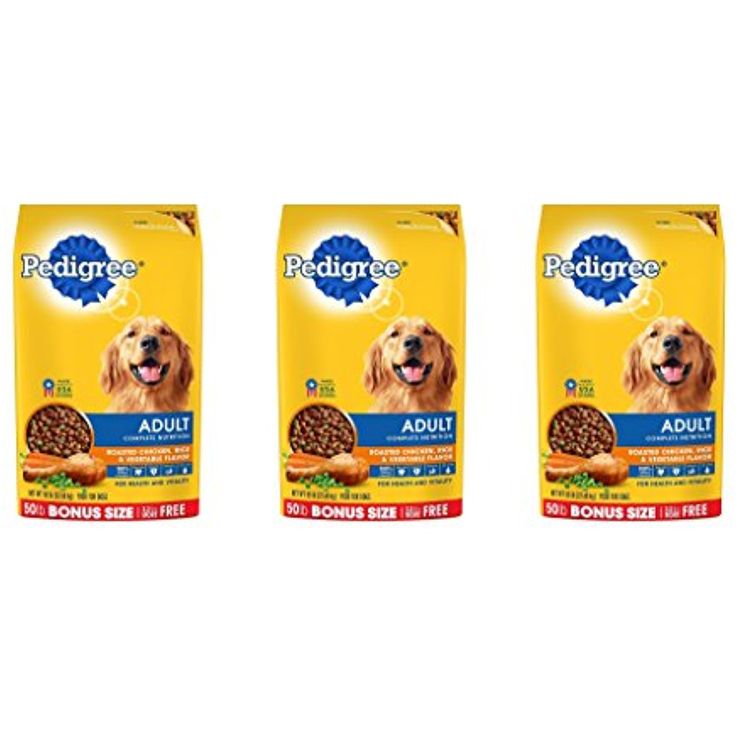 The lack of a substance in the body negatively affects fat metabolism. This leads to an abnormal accumulation of fatty acids in the liver of the animal. The timely introduction of choline into the diet helps damaged liver cells to recover.
The lack of a substance in the body negatively affects fat metabolism. This leads to an abnormal accumulation of fatty acids in the liver of the animal. The timely introduction of choline into the diet helps damaged liver cells to recover. -
Taurine is an important heart vitamin for both dogs and cats.
There are many other additives that do not carry any value for the animal. For example, palm or coconut oil, various herbs and berries are just a marketing ploy. Some foods contain salt, vegetable oil, water.
Ekaterina Nigova:
– Another worth noting liver hydrolysate. This is a permitted flavoring. Many dogs like the smell of liver, so this compound can often be added to low-protein medicated foods (high protein is contraindicated for sick dogs) to make them more attractive.
Flavors
Ekaterina Chistova:
“Cats and dogs judge food by smell, so flavoring can make it more appealing to them than it actually is. It is somewhat more difficult to make a detailed review of this group of additives, since manufacturers, as a rule, do not disclose exactly which flavoring substances they use - this is a company secret that determines commercial success. There are strict GOSTs for both feed and food flavors - they include only approved additives. Earlier we wrote that flavors, natural or artificial, are safe for health.
It is somewhat more difficult to make a detailed review of this group of additives, since manufacturers, as a rule, do not disclose exactly which flavoring substances they use - this is a company secret that determines commercial success. There are strict GOSTs for both feed and food flavors - they include only approved additives. Earlier we wrote that flavors, natural or artificial, are safe for health.
In light of this, it can hardly be said that flavors somehow affect the pet's body and can harm it. Can their presence speak of a cheap, tasteless product that is masked by such an additive? Rather no than yes, but it should be understood that the more different additives, the more economical the feed. In more expensive and more natural feeds, the above additives are not used.
Ekaterina Nigova:
– Sometimes flavors can really mask unpleasant odors – for example, tripe, which is a cheap component, contains poorly digestible protein and is usually not used for expensive feed or is used in small quantities.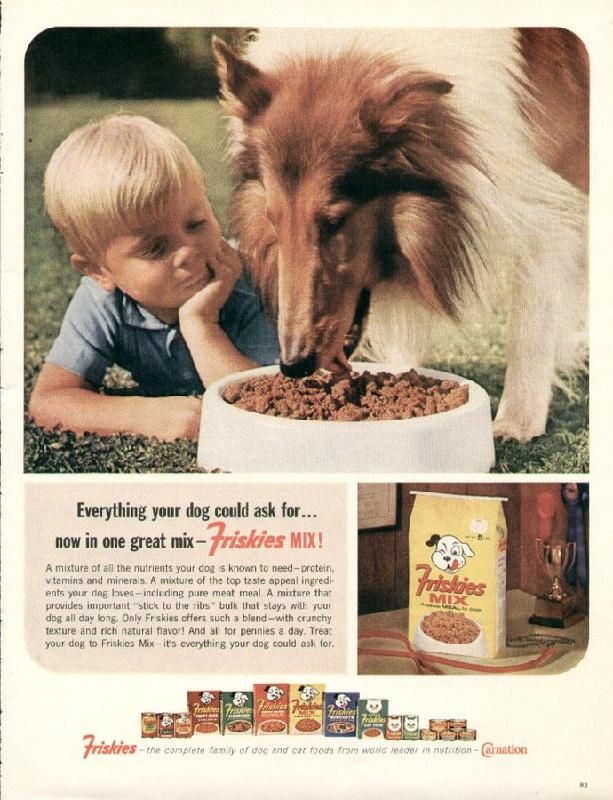
Flavor enhancers
Ekaterina Chistova:
– This component can also be classified. This supplement is reportedly called C'SENS 9L and is supplied to Russia by SPF, the largest manufacturer of feed flavoring additives, headquartered in France. Since the exact composition of C'SENS 9L cannot be determined, and there is no reason to assume its naturalness, we would not trust such an ingredient in the feed. Most likely, this is just a complex of chemical flavors and taste attractants (substances that attract with their smell). Artificial flavor enhancers, especially of unknown origin, should not be part of a quality finished feed. There is a risk that they can cause allergies in the pet, addiction to food or accumulate in the body.
GMO
- Animal feed manufacturers understand that GMOs cause distrust on the part of consumers, and avoid their use in feed - in most cases, genetically modified organisms will not be found in the composition, - says Ekaterina Nigova . – But you need to know that the proud inscription “GMO-Free” does not make pet food safer or healthier.
– But you need to know that the proud inscription “GMO-Free” does not make pet food safer or healthier.
P Are grain free foods healthy?
Ekaterina Chistova:
– According to the latest data, grain-free foods can cause heart disease (cardiomyopathy) in dogs. Thus, most preservatives, stabilizers and other components are harmless and have no effect on the animal's body. As a rule, feeds are tested for increased dosage of individual substances, and if an excess is detected, the entire batch is recalled from sale. In addition, the use of overdoses of preservatives and antioxidants is often technologically inexpedient and only increases costs.
What is the ideal food?
Based on the composition, the protein animal component should be in the first place in a high percentage (at least 30-40%), gluten (cereals) - no more than 5-8% of the total, animal fat - no more than 15-18%, omega -3 fatty acids - 3. 9. But omega-6 is not useful for the animal body. The ideal food should be free of preservatives, flavors and antioxidants. It must be balanced in terms of vitamin and mineral composition. But it is worth making an allowance for the individual digestibility of different components, so it is better to choose a diet for a particular pet with a specialist.
9. But omega-6 is not useful for the animal body. The ideal food should be free of preservatives, flavors and antioxidants. It must be balanced in terms of vitamin and mineral composition. But it is worth making an allowance for the individual digestibility of different components, so it is better to choose a diet for a particular pet with a specialist.
How does a dog owner choose food?
We asked a well-known blogger how she chooses food for her pet, what she pays attention to.
Irina Goldman , the best travel blogger according to Glamor magazine, the owner of a husky named Space: therefore, with frequent trips, dry food becomes a salvation.
When choosing a feed, I primarily focus on its composition: the feed should consist of the highest quality and natural ingredients and the minimum amount of by-products. As for starch and palm oil, they should not be part of a quality feed. It is also important for me to understand what kind of meat the food is made from.